“I don’t do frilly,” say Diane Schaub, director of gardens at Central Park Conservancy. We are standing under the shade of an old magnolia in the English garden, one of three smaller gardens within Central Park’s six-acre Conservatory Garden near the northeast corner of the park. Schaub, who earned a diploma from the New York Botanical Garden’s School of Professional Horticulture, has been curating the Conservatory Garden for more than 30 years. And while she does not do frilly, she does do color and texture, breathtakingly well. She has a painter’s eye for composition and an architect’s instinct for structural detail.
Below, we share her best color combinations for fall garden beds:
Photography by Marie Viljoen for Gardenista.
Burgundy + Green

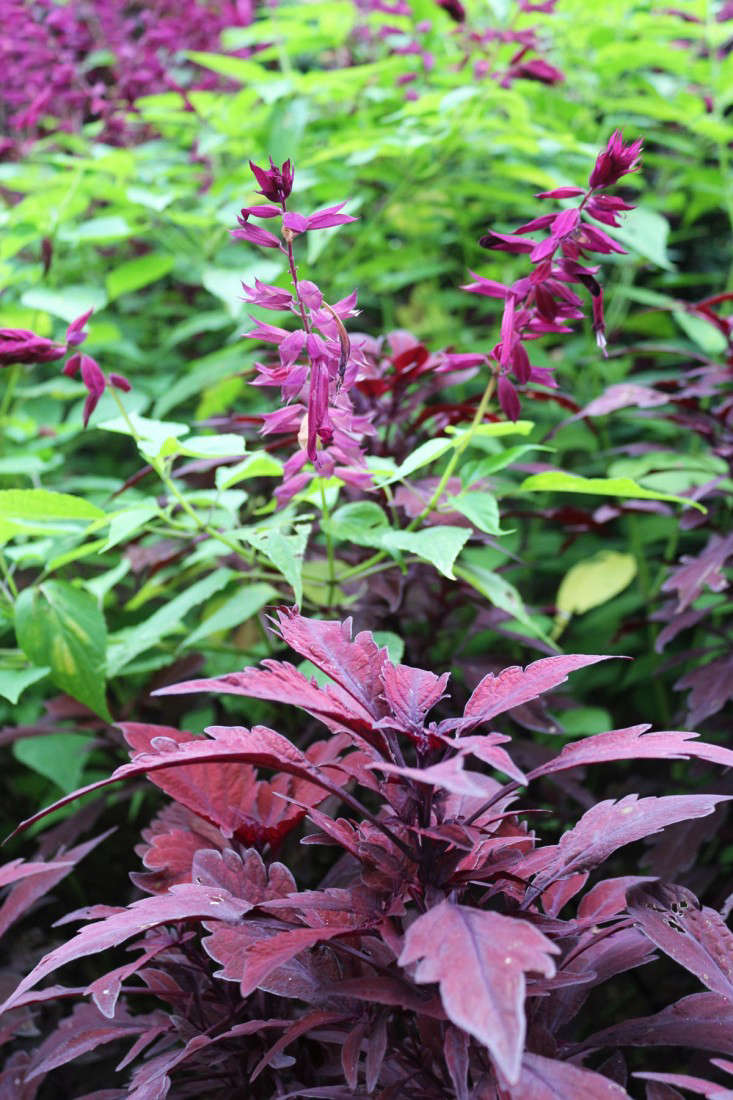
Purple + Yellow + Blue

Purple + Red
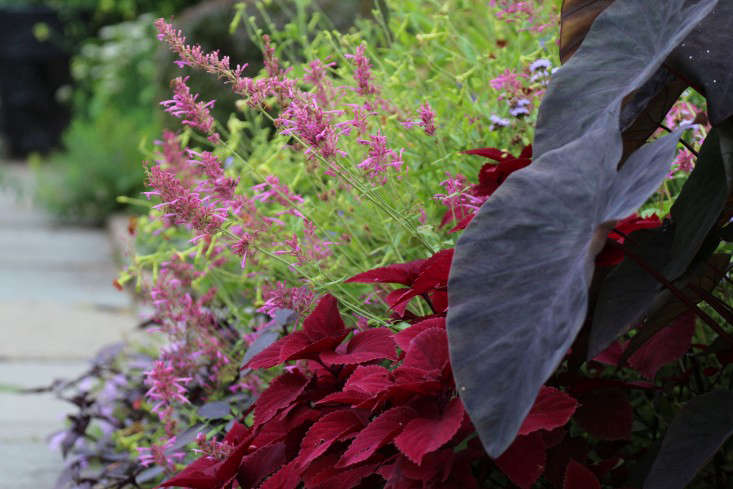
Purple + Lilac



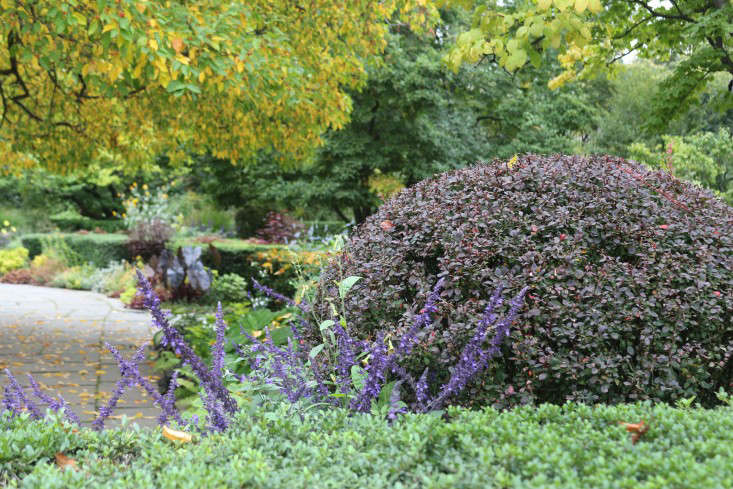

Red + Yellow + Silver
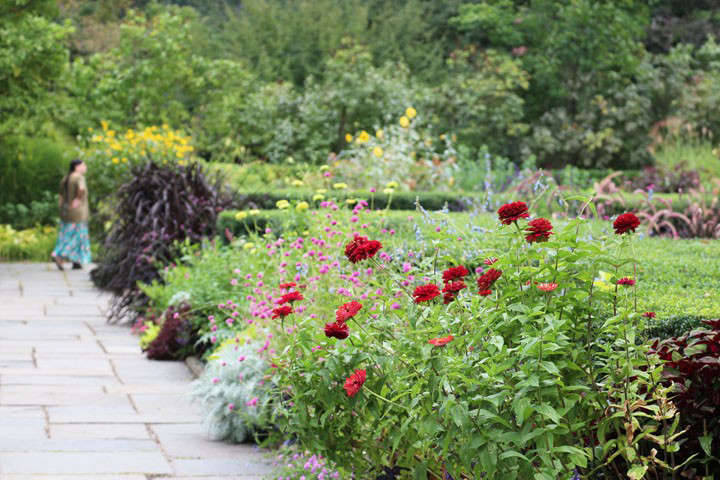
Orange + Yellow + Lime

Pink + Fuchsia + Lime

Pale Pink + Sky Blue

Yellow + Blue

Yellow + Lime + Purple


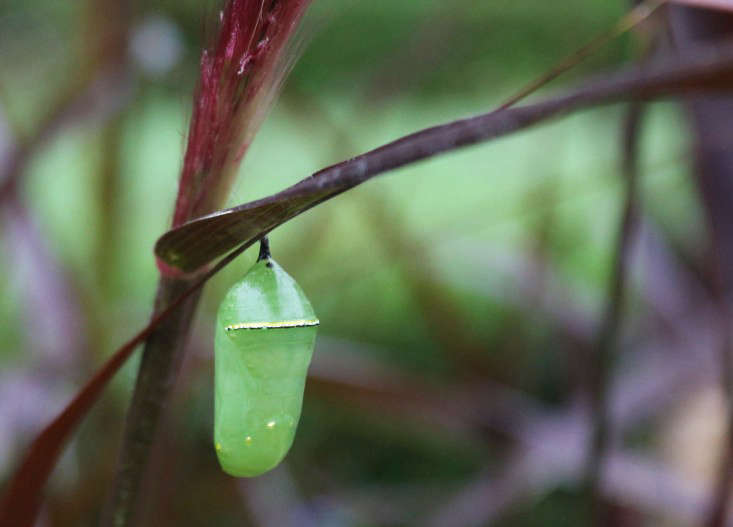

And if you are a little late, walk north to the French-style garden where the Korean chrysanthemums on display might just blow your mind.
But that is another story.
For more gardens to admire, journey to Scampston Hall by Dutch Master Piet Oudolf and Cape Town for A Study in Green with Franchesca Watson. You can also spend an entire afternoon exploring all our Garden Visits.
N.B.: This post has been updated; it was first published October 2015.








Have a Question or Comment About This Post?
Join the conversation